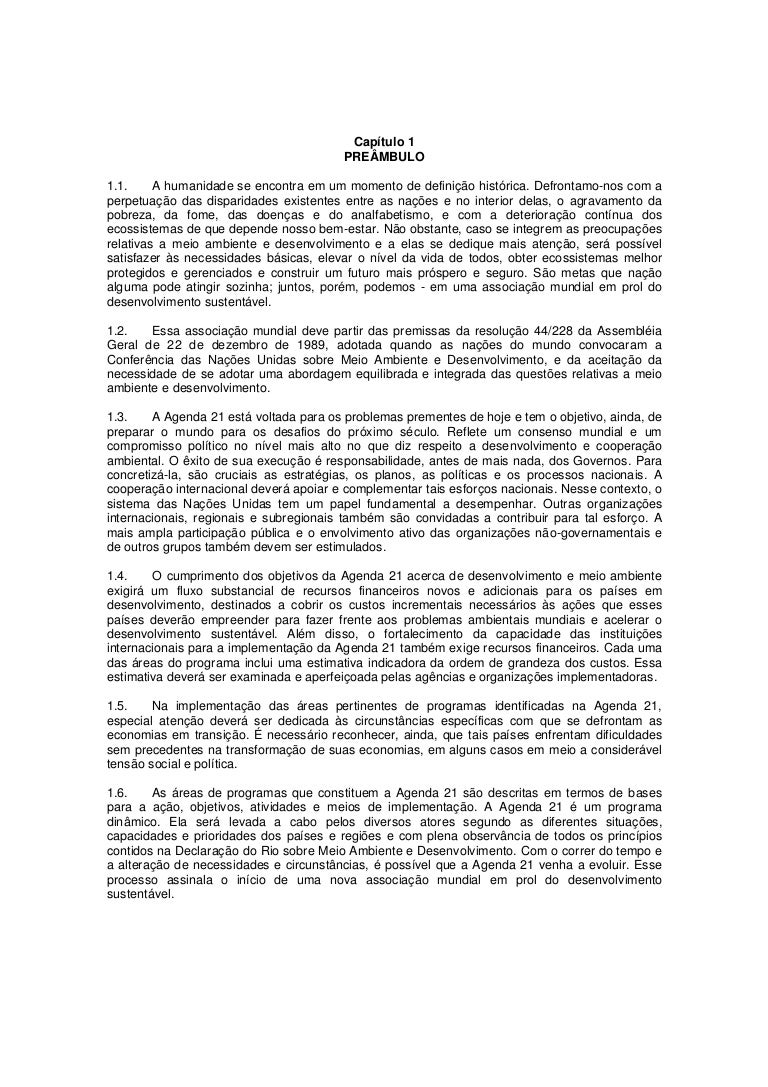
Main article: Sustainable Development GoalsĪgenda 2030, also known as the Sustainable Development Goals, was a set of goals decided upon at the UN Sustainable Development Summit in 2015. A new General Assembly Resolution (S-19/2) promised further action. The Assembly recognized progress as "uneven" and identified key trends, including increasing globalization, widening inequalities in income, and continued deterioration of the global environment. In 1997, the UN General Assembly held a special session to appraise the status of Agenda 21 (Rio +5). The final text was the result of drafting, consultation, and negotiation, beginning in 1989 and culminating at the two-week conference.
#UN AGENDA 21 FULL#
The full text of Agenda 21 was made public at the UN Conference on Environment and Development ( Earth Summit), held in Rio de Janeiro on 13 June 1992, where 178 governments voted to adopt the program. Section IV: Means of Implementation includes science, technology transfer, education international institutions, and financial mechanisms.Section III: Strengthening the Role of Major Groups includes the roles of children and youth, women, NGOs, local authorities, business and industry, and workers and strengthening the role of indigenous peoples, their communities, and farmers.

Section II: Conservation and Management of Resources for Development includes atmospheric protection, combating deforestation, protecting fragile environments, conservation of biological diversity ( biodiversity), control of pollution and the management of biotechnology, and radioactive wastes.Section I: Social and Economic Dimensions is directed toward combating poverty, especially in developing countries, changing consumption patterns, promoting health, achieving a more sustainable population, and sustainable settlement in decision making.2.5 Sustainable Development Summit (2015).


 0 kommentar(er)
0 kommentar(er)
